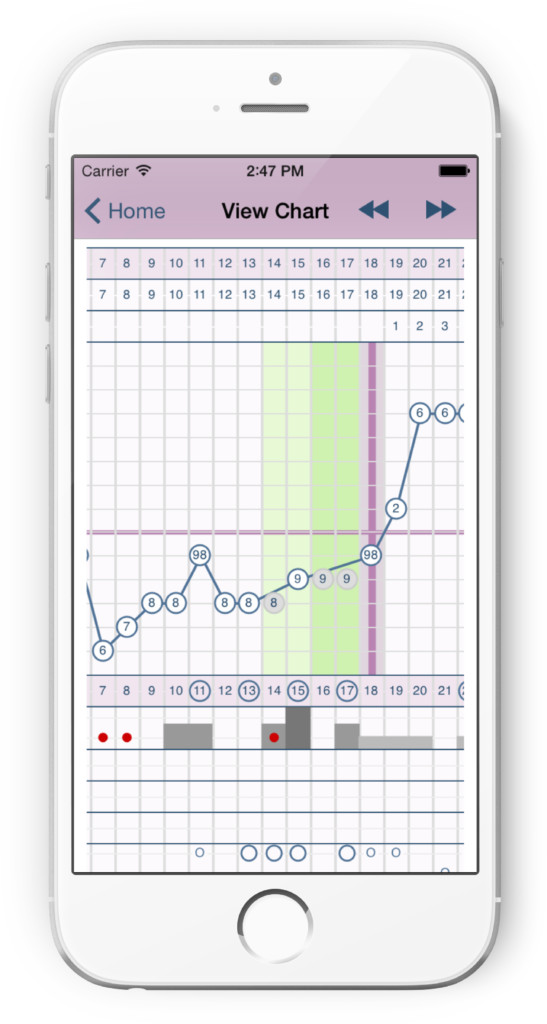When I first considered writing my book, many of you were still but an egg in your mother’s ovary, email didn’t exist, and the internet was not yet a thing. So back in the early 1990s, I had no idea that what would eventually keep me up nights these days was in many ways far more insidious than what my initial concern was back then: that women would maybe misunderstand concepts in my book, leading to unplanned pregnancies.
Today, my fear is even more amplified by a much bigger issue: the pervasiveness of scores of bogus apps, all of which claim to be able to predict a woman’s fertility based on nothing more than inputting the first day of a period. Even the ones that appear more sophisticated by tracking basal body temperatures (BBT), such as Daysy and Lady Comp, are problematic. In fairness, the BBT-focused apps will alert you when you are probably safe for unprotected intercourse after ovulation. But one of the huge drawbacks of these Period Tracking and BBT apps is that they claim to be able to predict upcoming fertility using an algorithm based on past cycles . . . which is nothing more than a high-tech version of the obsolete Rhythm Method.
The reason I feel the need to revisit this topic yet again is that these apps are becoming so prevalent that I fear that the sheer numbers of them will lead women to assume that they are reliable. In order to judge whether an app is indeed reliable, at a minimum it should allow you to input your cervical fluid in addition to basal body temperature, as well as other secondary fertility signs such as ovulatory pain. Those that only include temps cannot indicate when ovulation is about to occur, but only confirm if it has most likely already happened. To know on a daily basis whether or not you are fertile, you need to observe and record your cervical fluid, which is critical when you are trying to get pregnant, and the stakes are even higher when your goal is to prevent pregnancy.
Before even considering using one of these apps to prevent pregnancy, I encourage you to thoroughly read my book (Taking Charge of Your Fertility) or better yet, also take a class in the Fertility Awareness Method, because the apps alone can’t possibly provide you with the instruction and personal counseling necessary to be able to understand how to rely on your primary fertility signs.
http://www.tcoyf.com/taking-charge-of-your-fertility/
The first link below lists secular instructors, and the last link includes religious instructors, which you may or may not appreciate.
http://www.fertilityawarenessprofessionals.com/find-a-fertility-awareness-educator/
Apps are certainly not a replacement for proper education about your body and fertility, and regardless, as the technology stands now, they should never be used as a sole method of birth control. As proud as I am of my own app, OvaGraph, https://www.ovagraph.com, which was designed to mirror the pencil and paper charting methods outlined in my book, even I admit that this app should only be relied upon for determining your fertile days when you are trying to get pregnant. And while it incorporates all of the Fertility Awareness Method principles —including charting cervical fluid along with BBT, if you are trying to prevent pregnancy, the app should be used only as a convenient way to always have your charts with you, and even to share them with a clinician or others.



Leave A Comment